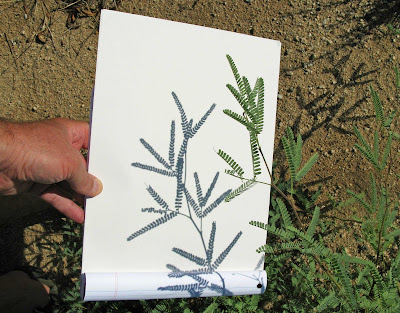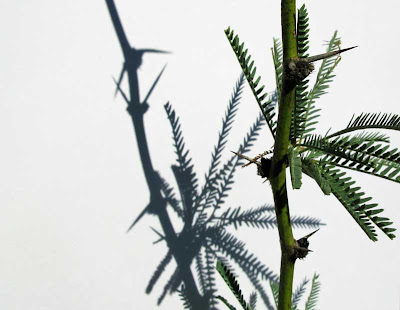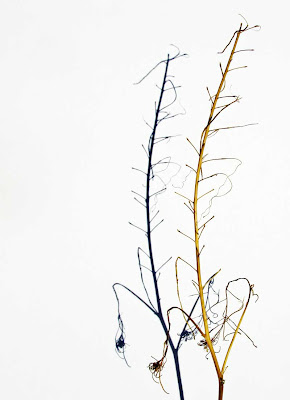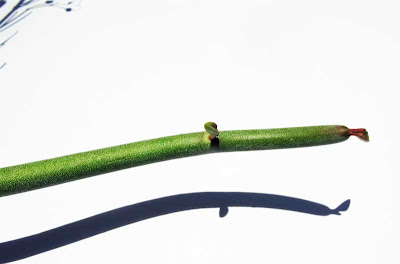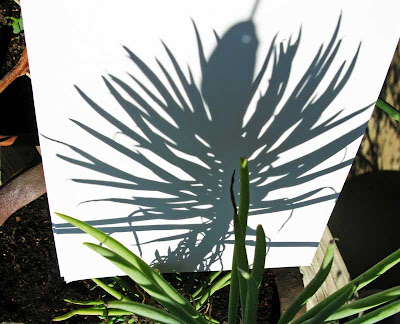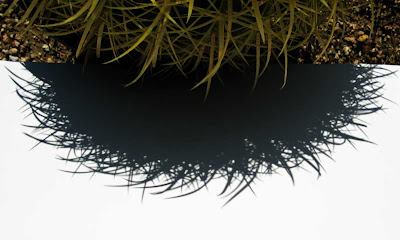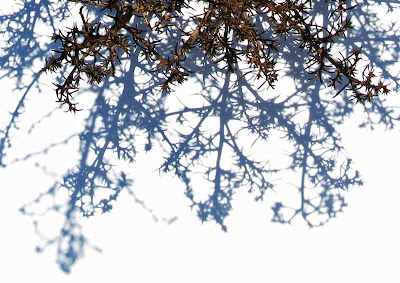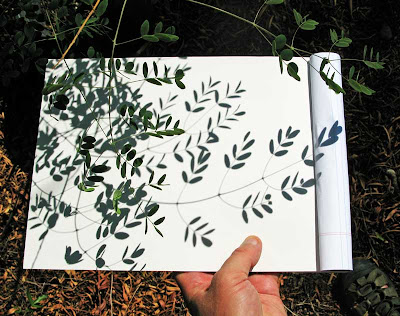 Here are a few snaps that I took in July of old farm equipment sitting behind the Hubbell Trading Post in northern Arizona. It was nice to see them in the open, sitting more or less where they might have been when they were in use by the Trading Post.
Here are a few snaps that I took in July of old farm equipment sitting behind the Hubbell Trading Post in northern Arizona. It was nice to see them in the open, sitting more or less where they might have been when they were in use by the Trading Post. This also illustrates one of the no-win trade offs faced when dealing with historic items found outside: Do we leave objects where found, allow them to age and decay naturally over time, and let visitors experience them in their normal environment while they last? Or, do we whisk them far away from where they were found and put them in sterile environments, on concrete floors, where their structure is preserved but spirit lost? Probably some combination of the two is best...


















